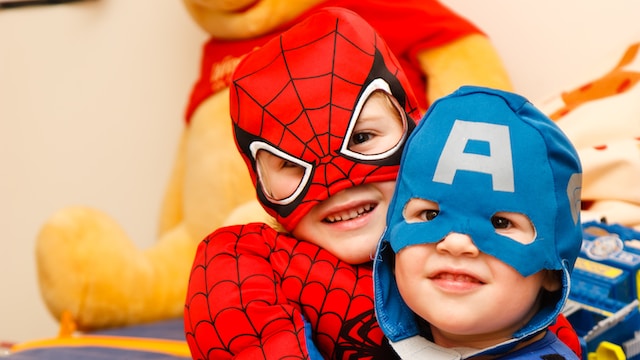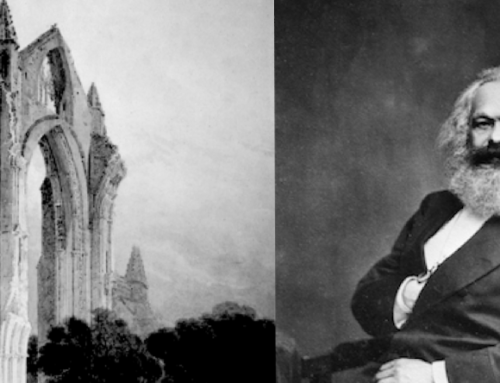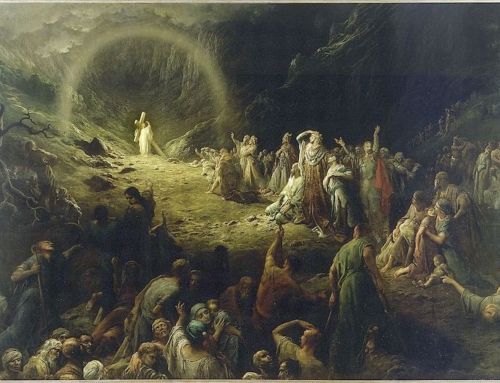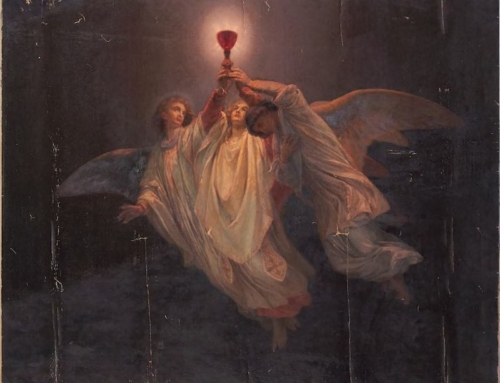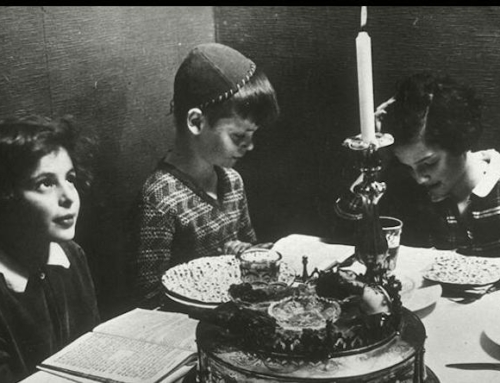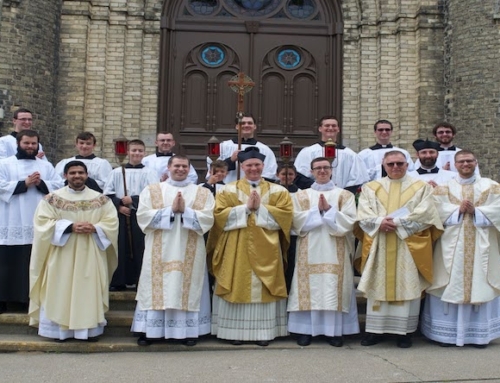This evening, a substantial part of our country will put on costumes and pretend to be someone else. There are good reasons to be skeptical about much of what surrounds the American celebration of Halloween. Many prefer to dress up as saints, or even superheroes, rather than ghosts and ghoulies (or certainly devils!). But the desire to dress up as someone else is not a part of the celebration that provokes much comment. The dressing up itself is widespread both among fans and critics of the fall holiday.
As many prepare to impersonate someone else, it’s worth pointing out that who we really are under our festive costumes has become a matter of some unrest and contention.
We live in a world today that is plagued by a crisis about identity. On the one hand, much of our public discourse surrounds the topic of how people identify themselves, and what impact one person’s decisions or beliefs about his identity should have on the world around him. Conversations abound about how much or whether public spaces or public language should be determined by someone’s professed identity.
On the other hand, in a world which is increasingly isolating, many people struggle with the more basic questions: Who am I? Where do I belong? The dominance of so-called “social” media in the lives of many people has weakened both their relationships and their sense of self.
But into the confusion of modern American life comes the Lord Jesus. When the Pharisees tried to trap him by asking whether it was right to pay taxes to Caesar, Jesus answered them by asking, “Whose image is this? Whose inscription?” (see Matt 22:15–22). But, in the midst of our confusion, he asks the same question to us: “Whose image are you? Whose inscription do you bear?”
The coin in the gospel bears the image and the inscription of Caesar, but each of us, each and every human being, bears the image of God. In the first chapter of Genesis, this is the very first thing that the Bible tells us about humans.
God created mankind in his image, in the image of God he created them; male and female he created them. (Gen 1:27)
That is the answer to the questions, “Who am I? What is my identity?” No matter what costumes we wear on October 31st (or any other day for that matter), underneath those masks our fundamental identity is that we are created in the image of God.
And as Christians, we even have a kind of dressing up. On the most important day of our lives we were dressing up. On the day of our baptism a white garment was placed on us, and the priest or deacon said to us, “You have become a new creation and have clothed yourself with Christ. May this white garment be a sign to you of your Christian dignity. With your family and friends to help you by word and example, bring it unstained into eternal life.”
But this is not merely dressing up as someone else. That white garment is placed on us only after we have been baptized, after we have been washed clean from the stain of original sin, and after we who were created in God’s image received his indelible “inscription” in our souls. And what does that inscription say? It says, “This is my beloved son,” or, “This is my beloved daughter.” And even though we can sin and break our relationship with him, nothing can erase our fundamental identity as adopted children, made in God’s image and likeness. The more we allow this truth about who we are to penetrate into the depths of our souls, the more we are freed from contemporary anxieties about identity.
So whether you’re staying in or going out this Halloween, whether you’re dressing up as someone else or not, remember that underneath any mask or costume is the identity which has been given to you by God. We have all been invited to an eternal party where we will all be wearing matching baptismal garments as our costumes—and at that party it will be all treats, no tricks.
✠
Photo by Steven Libralon on Unsplash

